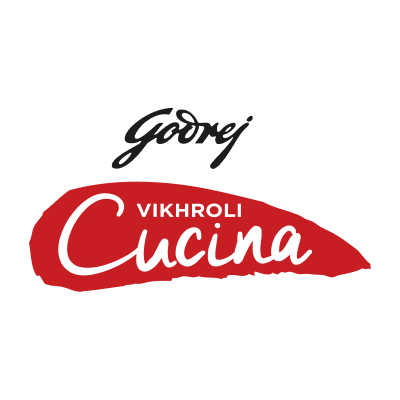
Regional flavours of navratri
Each state celebrates Navratri in its unique way — while the western states like Gujarat and Maharashtra, observe fasting on all the nine days; in the south, the festival is more to do with education and in the last three days Goddess Saraswati is worshipped. In the north, devotees organise jagrans and gather together to sing religious songs and offer prayers. While for many, the festival is more to do with fasting (eating vegetarian food cooked without garlic and onions), for some it is all about gorging on delectable cuisines and elaborate feasting. But it is interesting to experience the flavours of regional specialties during this occasion.

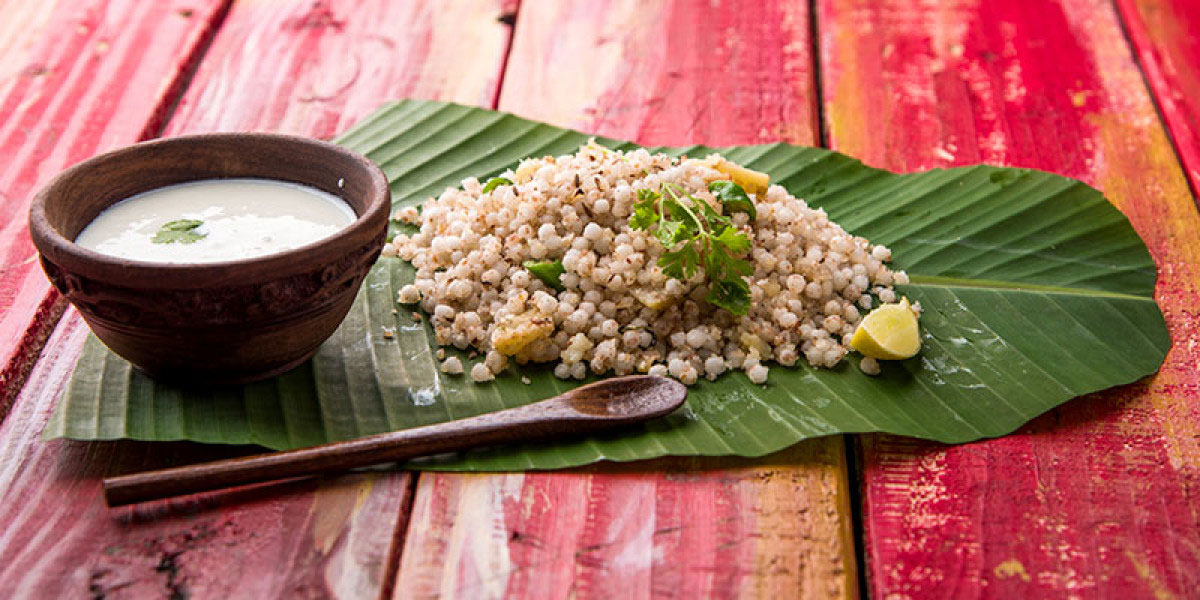
Bengali food during Durga Puja
In the east especially in Bengal, the festival of Durga Puja starts with Mahalaya (the beginning of Devipaksha). However, the celebration begins six days later and is all about pandal hopping, offering pushpanjali (on Maha Ashtami) and eating bhog. Tracing this ostentatious celebration to the early 1700s when the festival largely happened in bonedi families(the erstwhile zamindars with their palatial mansions), today this community festival is organized mostly outdoors. Feasting forms an inevitable part of the festival consisting of luchi/ radha ballavi (pooris with chana dal fillings) and aloor dum in breakfast. The bhog in pandals constitute of scrumptious traditional home-cooked vegetarian meals like khichuri/polao, labra with host of vegetables from pumpkin, potatoes, cauliflowers and brinjals spiced with paanch foron (five spices), beguni (fried eggplant), mishti chatni (tomatoes with dates), payesh, mihti doi and rosogolla.
For sweet-toothed Bengalis, no celebration is complete without wolfing down delectable sweets.Pujo mishti takes centre stage and many households make special homemade sweets like chandrapuli (half-moon shaped sweet), bhapa sandesh (steamed sandesh), lobongo lotika (flaky mishti filled with kheer), narkel naru (coconut ladoo), rosogolla, and kacha golla (tender soft cottage cheese balls).
The evenings are reserved for lip-smacking street-food delicacies, which sells in full glory like kathi rolls, biryani and mutton chaap (slow cooked mutton pieces), deep fried fish and chicken cutlets, dimer devil (devilled eggs) to name a few.
Festive Platter of Gujarat
The Navratri thali takes on an austere avatar with food cooked devoid of salt, onions and garlic. It is the best time to gorge on khakras, dhoklas, theplas and farsans. Chef Shital Kakad says that instead of rice, wheat and sooji, a whole lot of gluten-free flours are consumed. Kakad says, “Traditionally, Gujaratis have been eating gluten-free attas on fast days since years like kutti no daro (buckwheat), rajgira atta and even sama ka atta (barnyard millet flour).” The festive platter consists of home cooked delicacies like sabudana vadas and pooris to rajgira atta theplas and pooris with aloo dahi ka sabji. Sweets primarily include sabudana kheer garnished with rose petals and srikhand. On Ashtami, a typical naivedya spread has seven to eight items like sweet potato chaat with dahi and sweet potato chips, kutti no daro khichdi and dhoklas and kesar lassi. “In every Gujarati household, the naivedya is usually offered to the Goddess first in a steel or kansa thali,” she informs.
Vrat Thali of Maharashtra
In Maharashtra, the festival begins with a special ritual called Ghatsthapana. Home chef Smita Deo explains, “A small bed of mud is prepared and the earthen pot filled with water is placed on it. Women worship the pot for nine days.” Traditionally, women fast consuming only fruits and milk. A variety of snacks are prepared like peruchi koshimbir (guava salad made with sendha namak and green chillies), ratalu (sweet potato) chips and ratalyacha kees (grated sweet potato cooked with peanut powder and green chillies and garnished with lemon juice). A family favourite is however ratalu chips with grains of sugar sprinkled on top. Deo says, “In my husband’s family, on the ninth day, we prepare an elaborate thali with nine wheat rotis. The other items in this thali include grated doodhi (gourd) and aloo and sama khichdi, mini rajgira theplas and aloo dahi ki sabji, doodhi ka halwa, sabudana khichdi and pooris made from rajgira, srikhand and sabudana kheer with rose petals.”
Naivedyams in South India
In Karnataka and Tamil Nadu, Navratri is celebrated as a community festival when colourful golu dolls (figurines) are installed at homes. Guests are treated with homemade delicacies like spicy lentil fritters, ragi murukkus, black eyed peas masala vadas, to name a few. Sribala says that the ubiquitous sundal (made with legumes) is the most essential offering to god. There are various kinds of high- protein sundals, which one can prepare such as lobia, green moong, Bengal gram, motchai, peanut, chickpeas, peas, rice sweet puttu and sesame urundai. Sribala loves to cook three types in her home kitchen — peanut, green peas and rajma. She explains, “On Friday, it is for rice sweet puttu, while Saturday is for sesame urundai. Sesame cannot be used as whole in traditional Brahmin family as it is used customarily only for shradh ceremonies. Therefore, sesame needs to be roasted first and ground into powder and made into urundai with jaggery and cardamom. On Saraswati puja day, we cook black chickpea sundal.” Desserts constitute of vermicelli payasam and the aval payasam prepared with flattened rice (poha).
So what’s your favourite Navratri food? Share your comments below with our readers.
0 Comment
You may also like
-
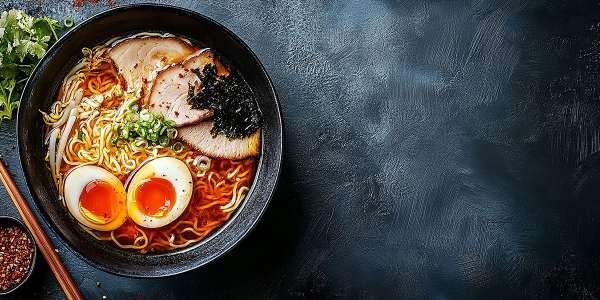
Features The most craved TV food that sparked global cravings
by Vikhroli Cucina
-
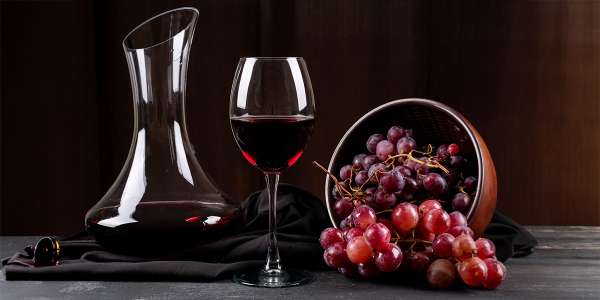
Features The Culinarian's Take: The ultimate holiday wine picking guide with Sula Vineyards
by Vikhroli Cucina
-
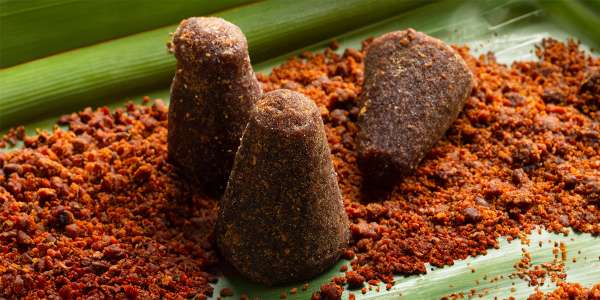
Features How India eats when the weather turns cold
by Vikhroli Cucina
-
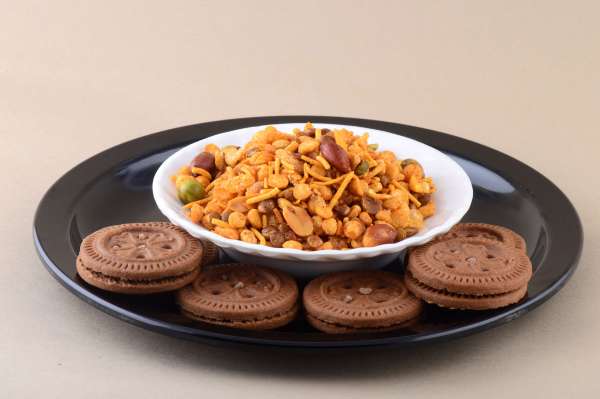
Features What Indian childhood memories taste like…
by Vikhroli Cucina
